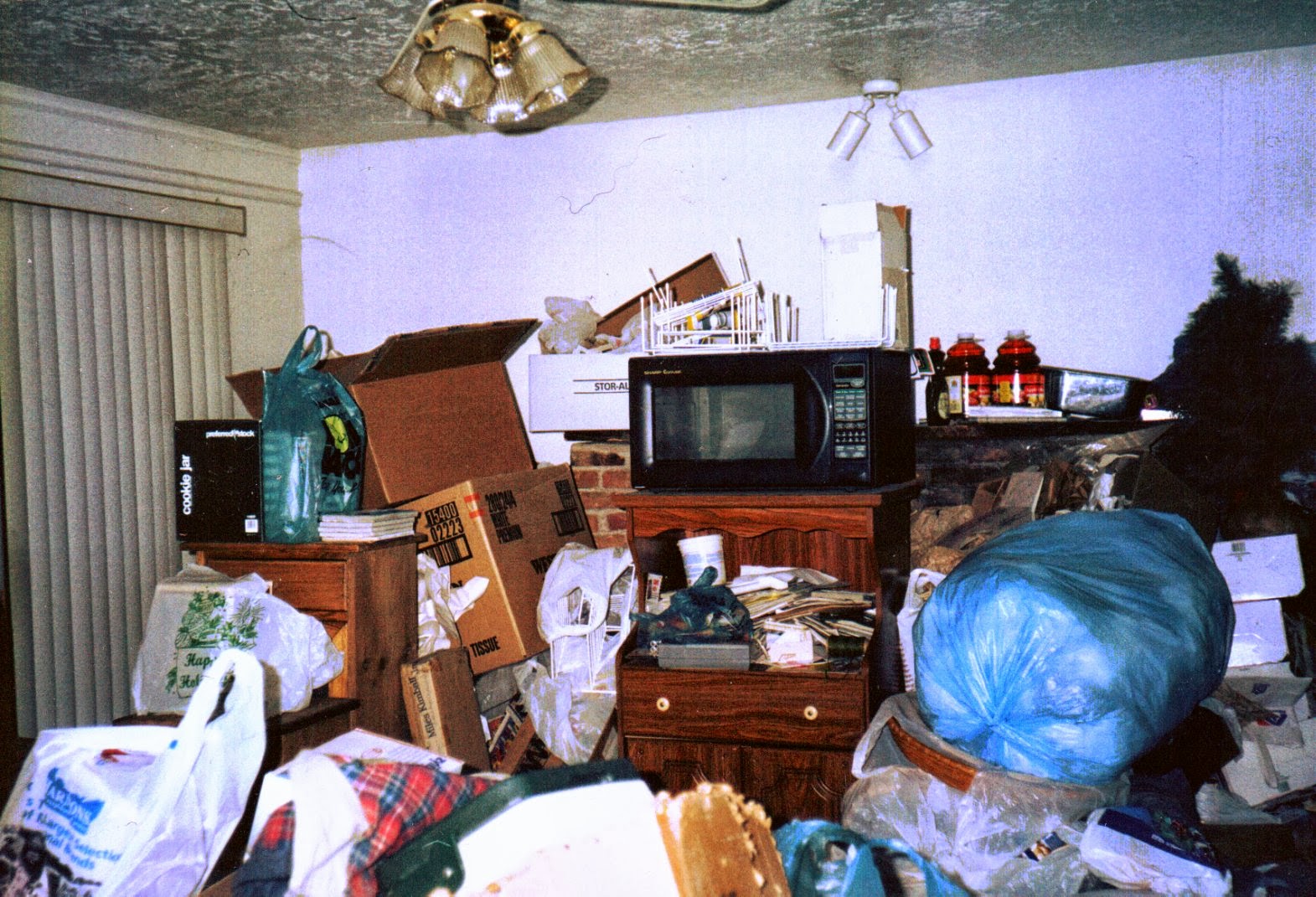Unclutter first; then organize. It’s so much quicker and easier to get organized when you have less stuff. If you aren’t using something and don’t have an immediate need for it, it’s just taking up valuable space—and
making it difficult to find the things you do use and need. Schedule 15 minutes a day to unclutter your space. Even 5 minutes of concentrated effort is better than 0 minutes. Once you get started, you may decide to keep going for the full 15 minutes or longer.
Start with the easy stuff—things that don’t require any decision making on your part. Grab a trash bag and start tossing in things that are clearly garbage: food wrappers, expired coupons and flyers, stretched-out socks, stained clothing, rusted kitchen utensils, broken items that have since been replaced. Keep going until that trash bag is full.
When uncluttering a shelf, drawer, cupboard, or closet, take everything out. Then put back only those
things you love and use. If you are saving something because you might need it someday, ask yourself, “Could I get another one pretty easily and inexpensively if I needed it someday?” If the answer is yes, let it go. Can’t decide what to keep and what to toss? Ask yourself, “What’s the worst thing that could possibly happen if I decided to let this go?” If you can live with the consequences, you can live without the thing.
Pick a room—any room. Now pick one drawer or shelf in that room, and start there. Remove everything from a single drawer or shelf and sort stuff into five piles:
1. Throw away
2. Put away
3. Give away
4. Sell
5. Keep
Throw the garbage away. Put away the stuff that belongs elsewhere. Bag or box your donations and anything you plan to sell. Put back only the keepers—those things that you are currently using or
absolutely love and can’t live without.
Do you find it difficult to make decisions? Create an umbrella rule about when to get rid of things. At what point are you most likely to be willing to part with something you no longer need or use? Six months? One year? Two years? Creating a personal decision-making rule now will eliminate the need to make lots of individual decisions later.
Be honest about what you really need to keep. To keep or toss?Ask yourself:Have I used this item in the past year?Will I need it on a definite date in the future?Do I need to keep it for legal or tax purposes?Would it be difficult to get another if I needed it again someday?If you answer no to every question, toss it.
- Still undecided? Ask: What useful purpose does this thing serve in my life? If it isn’t something you use, is it something that makes you feel good? If not, it’s just taking up space. Let it go.
- The final step of each clutter-clearing session is the most important: Schedule your next session.
- Move out of your living space anything you aren’t using but can’t bring yourself to let go of. Box it up. Write on the box what’s inside, and date it. If you haven’t needed anything in that box six months or a year from now, donate the whole box.
- If you have trouble letting go, think instead in terms of what you want to keep. Make a decision to surround yourself only with things you love and use, and remove the rest.
- Recognize that you are not the same person you were 10 years ago. Your interests, tastes, and styles have changed. Aim to surround yourself with things that are a part of who you are today. Get rid of anything that is no longer useful or meaningful.
- Pretend that you are moving. Ask yourself: Is this item worth the effort of packing up, carrying out to the moving van, and unpacking at the new place? If not, give it a new home.
- Holding an object increases your attachment to it. Have someone else hold items as you make decisions about what to keep and toss.
- A heavy layer of dust on an item is a telltale sign that it’s something you don’t use. Give it a new home.


Enregistrer un commentaire